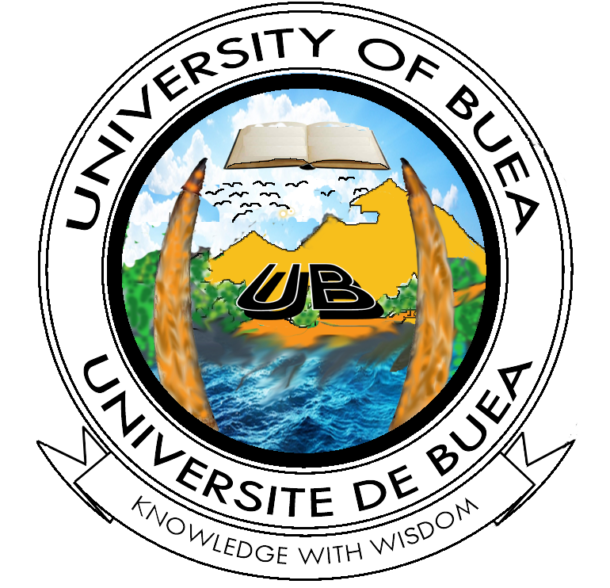| PHY662: Material Science | 6 credits (40-20-0) |
Objectives
To give an in-depth knowledge of: the properties, elaboration and characterization of materials.
Contents
magnetic and dielectric materials: Different types of magnetic material and their properties, Heisenberg and domain theory of ferromagnetism, hysteresis, energy product of a magnetic material, ferrite and their applications, magnetic recording materials, tapes and discs, metallic glasses, active and passive dielectrics and their frequency and temperature dependence, internal field and deduction of clausius mosotti equation, dielectric loss, different types of dielectric breakdown, classification of insulating materials and their applications; optical materials: Optical properties of metals, insulators and semiconductors, excitons, traps, colour centers and their importance, phosphorescence and fluorescence, different phosphors used in CRO screens, liquid crystal as display materials- twisted pneumatic display, construction and working of LED , LED materials, thermography and it’s applications, photoconductivity and Photo conducting materials; modern engineering materials: Metallic glasses as transformer core material, nano phase material , shape memory alloys, advanced ceramic materials, polymers, biomaterials, non-linear materials and their applications; Materials in various forms: Inhomogeneities: Defects, dislocations, multi-component materials; Phase diagrams; Crystallography: Point groups and space groups and the use of "International Tables for Crystallography"; Interaction between radiation and matter: X-rays, electrons and neutrons; Diffraction: Kinematical theory for electron, neutron and X-ray diffraction; Ordered materials in poly crystals and single crystals; Crystal structure determination; Unordered materials; Nano- and microstructure; Small angle diffraction; Surfaces; Microscopy and Imaging: Electron microscopy, SEM, TEM; X-ray microscopy, tomography and topography; Scanning surface microscopies such as STM, AFM and SNOM.


